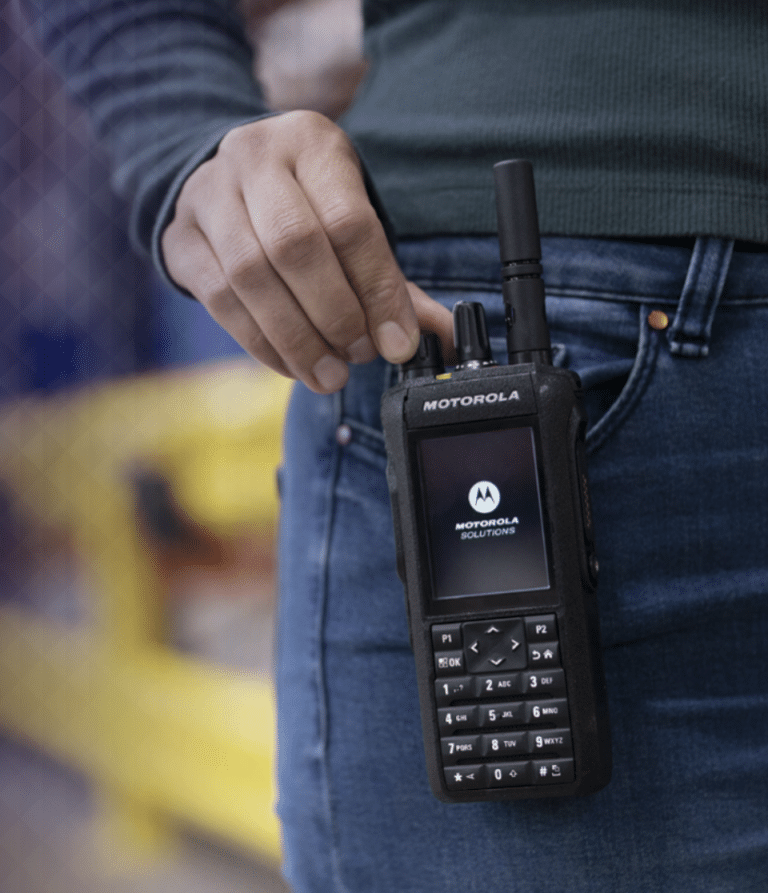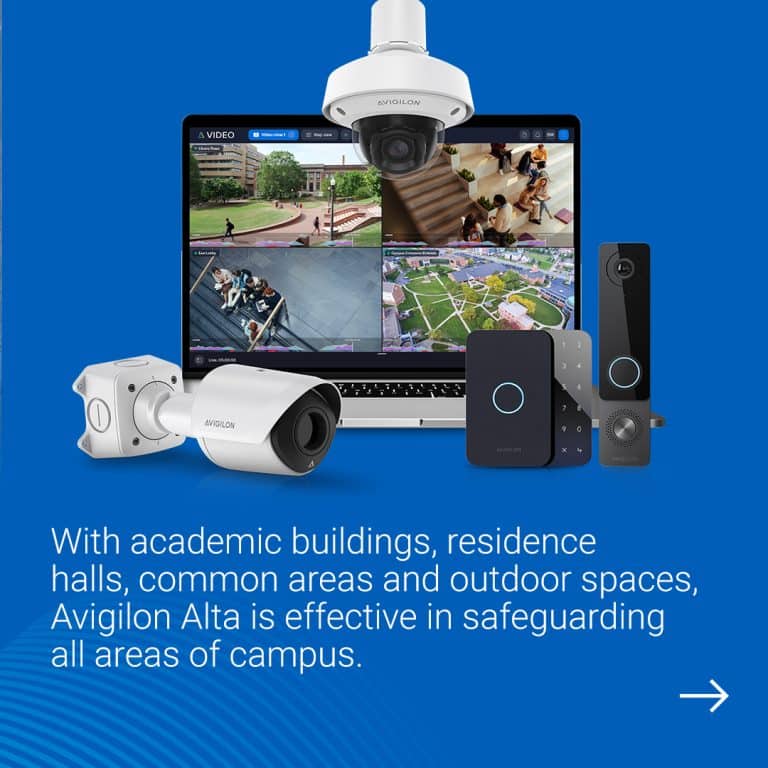MARC fulfilled its vision for the regional 9-1-1 system with the implementation of the VESTA® 9-1-1 Call Handling solution from Motorola Solutions and the innovative wireless network from Commenco. Together, the organizations have been able to provide the quality of 9-1-1 service MARC’s citizens deserve.
“MARC provides nine counties in 119 cities with access to the same 9-1-1 system, which isn’t easy to do. We provide simple access for citizens to get emergency help and ensure the process is redundant – always available.”
Eric Winebrenner, MARC’s Public Safety Program Director
Becoming the Solution
The Mid-America Regional Council (MARC) is a nonprofit planning organization consisting of city and county officials representing the bi-state Kansas City region. Nine counties and 119 cities make up its membership, which represents almost 2.1 million people across 4,400-plus square miles in Kansas and Missouri. MARC provides a forum for the region to work together on key issues like transportation, economic development, and public safety.
A critical element of MARC’s involvement in public safety includes the coordination of the region’s 9-1-1 service. This state-of-the-art system ensures no matter where its citizens are, they have access to a responsive, high-quality 9-1-1 service. This requires ongoing cooperation with multiple stakeholders and state of the art equipment that’s up to the task.
In the early days, MARC was only responsible for paying phone bills for the PSAPs in its membership. Local governments struggled to coordinate all facets of 9-1-1 on their own so they asked MARC to help coordinate and manage a regional system, including negotiations with LECs and solution providers.
The association brought together fire, law enforcement, and emergency medical services from each of the affiliate communities, regardless of how big or small, to allow them to give feedback on the system. This was true when the regional 9-1-1 system was established and has remained the case as it has now grown to 43 PSAPs.
To formalize the regional system, a 9-1-1 Interlocal Cooperation Agreement was signed by the member counties. This signified their commitment to modernize the 9-1-1 equipment in use in the PSAPs for a substantial benefit – the biggest being the enhanced interoperability it would create within the region.
For example, should a PSAP be rendered inoperable, its personnel can travel to a nearby PSAP and effortlessly resume operations as if they were in their own PSAP. The cost is shared by the nine counties on a per capita basis. Jackson County, the largest county with nearly one-third of the region’s population, assumed nearly one-third of the cost, helping its smaller neighbors to receive the same benefits.
The next step was to align the efforts of MARC’s solution and service providers. After all, everything must be consistent to not only deliver parity of service but to begin the journey to Next Generation 9-1-1.
Building the Network
Like MARC’s approach to Public Safety in the Kansas City region, the network to support its regional 9-1-1 service is considered ahead of its time. It was engineered by Commenco, whose team gave careful consideration to the future of public safety within and around their home. Ultimately, this network would not only serve the regional 9-1-1 system but also enable P25 radio communications across 13,000 square miles for 24,000 users and growing.
This made the most crucial element of network design its survivability. Commenco ensured if a single site lost connection, the regional 9-1-1 system would not be at risk. Instead, we created many other routes for the network traffic of the 43 PSAPs. The result was a hybrid network design made up of microwaves, fiber, T1 lines, multiprotocol label switching (MPLS) and a metropolitan-area Ethernet – also known as a MESH network. Such a network is known for its ability to actively distribute workloads, especially when its elements have issues. It’s also known for its reduced maintenance costs compared to monthly T1 fees, leaving funding to direct to other areas.
Some are surprised to learn a network the size of MARC’s is predominantly microwave driven, making it one of the most extensive public safety-serving microwave networks in the nation. The benefits of this move are tremendous, particularly with the improvements microwave technology has seen in the past decade.
For instance, there is no risk of technology obsolescence or more importantly, failure. Microwave outages are generally short and concentrated, lasting a few minutes versus hours. The network then goes into a self-healing process, allowing MARC and its PSAPs to rest assured in its availability. This makes microwave a sound investment – one that realizes a return within three years for a single-hop. Plus, while T1 speed is generally 1.5 meter per second (mbps), microwave sees a whopping 100-300 mbps. Last, it’s extremely scalable. This is important for the future of Next Generation when PSAPs begin to accept the various forms of multimedia to come.
MARC does urge other PSAPs or council of governments considering microwave to do one important thing – invest in the associated FCC license. Hassan says, “The FCC has deemed 4.9 GHz as the public safety broadband spectrum. There is a loose definition to what is Public Safety, so we’ve tried to avoid that spectrum.” He advises, “Ask your vendor what the loading is like in your area because 4.9 GHz can be congested. Invest in the license for higher bandwidth. People’s lives are worth the cost, and it’s a small price to pay for having your own lane in the traffic.”
Implementing the Last Piece
A Motorola Solutions customer since 1991, MARC chose the company’s Next Generation call handling solution, the VESTA® 9-1-1 system, to round out its regional 9-1-1 service. The move from their legacy equipment to new equipment helped ease the transition for the regional telecommunicators since the user interface of the VESTA 9-1-1 system is highly configurable, making multiple layouts and workflows available to lessen the learning curve.
The VESTA 9-1-1 system is flexible and can meet all MARC’s PSAP’s demands. Its open architecture readily accommodates its multi-site deployment and it can scale to support agencies from two-to-250 positions, easily adapting to changes.
Having one system for all PSAPs, regardless of size, has allowed MARC to use their time and resources more efficiently. It provides each PSAP with a solid backup plan in emergencies made possible through VESTA 9-1-1’s multi-agency support. It allows displaced telecommunicators to log into the system at other member PSAPs and handle calls like they normally would.
MARC has also found flexibility in its adoption of Text-to-9-1-1. Currently, the VESTA 9-1-1 system accepts emergency text messages by TTY. These are received by the Text Control Center (TCC), which converts them to TTY and delivers them to Motorola Solutions’ routing equipment. However, MARC plans to transition all PSAPs to the VESTA® SMS solution, also from Motorola Solutions.
The VESTA SMS solution integrates with the VESTA 9-1-1 system to enable seamless handling of both voice calls and text messages, making the process easier for Telecommunicators. It will go live with the new Text-to-9-1-1 solution once every PSAP has it and is ready. This is another way it helps ensure equal service for all its citizens.
The association is proud of this ability – to make sure that all citizens, from one corner of the region to another, within a two-hour drive, can call or text 9-1-1 and access a quality service. Its holistic system offers its PSAPs and their communities the highest levels of confidence due to the redundancy provided by three Motorola Solutions host sites for the region. This helps confirm if service to the VESTA 9-1-1 system is impacted for one site, the other PSAPs remain unaffected.
MARC realizes this parity may not exist for everyone all the time, which is why they maintain the capacity to expand regional service to counties that may want to join on a contract basis.
After realizing complete Next Generation, MARC is proud to report its member PSAPs in Kansas are able to connect to other non-member PSAPs within the state. This is possible because the VESTA 9-1-1 system sits at the core of Kansas’ statewide 9-1-1 effort, expanding their PSAPs’ backup resources and creating greater interoperability.
MARC and its members continue to focus on upholding parity of service within the region while moving further down the path to NG9-1-1. We are thankful they are collaborating with each other, their service providers, Motorola Solutions, and Commenco to find the best possible solution for our region.
A Regional 911 System
- 44 PSAPs ACROSS
- 119 CITIES IN
- 9 COUNTIES SPANNING
- 2 STATES USING
- 1 UNIFORM SERVICE FOR
- 1 MILLION CITIZENS
About VESTA® Solutions
Our VESTA® NextGeneration9-1-1solutions serve more than 60% of all U.S. Public Safety Answering Points, as well as Federal DoD operations globally. Our Emergency Notification solutions support the communications needs of hundreds of public and private sector organizations worldwide. As one of the most trusted solutions providers in Public Safety communications, we help people be their best in the moments that matter. Experience the VESTA difference. Call 951.719.2100.
About Motorola Solutions
Founded in 1928, Motorola has a history of innovation that has revolutionized communications. From pioneering mobile communications in the 1930s and making equipment that carried the first words from the moon in 1969, to supporting modern-day emergency response equipment for disaster relief efforts around the world, Motorola Solutions has a global footprint with products that demonstrate its thought leadership.






